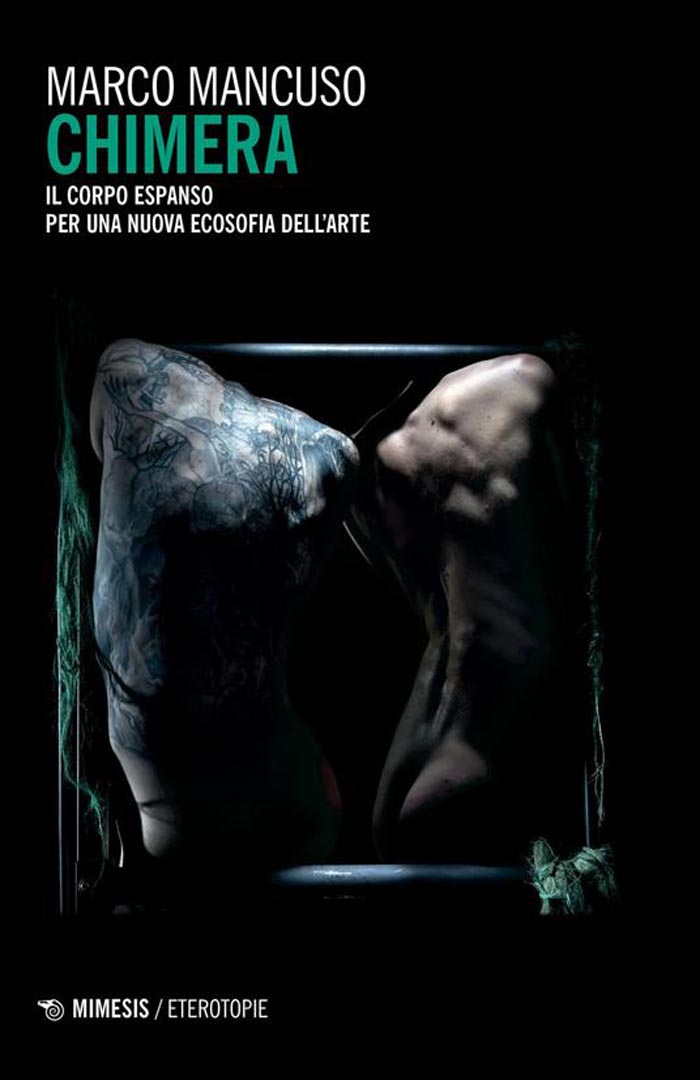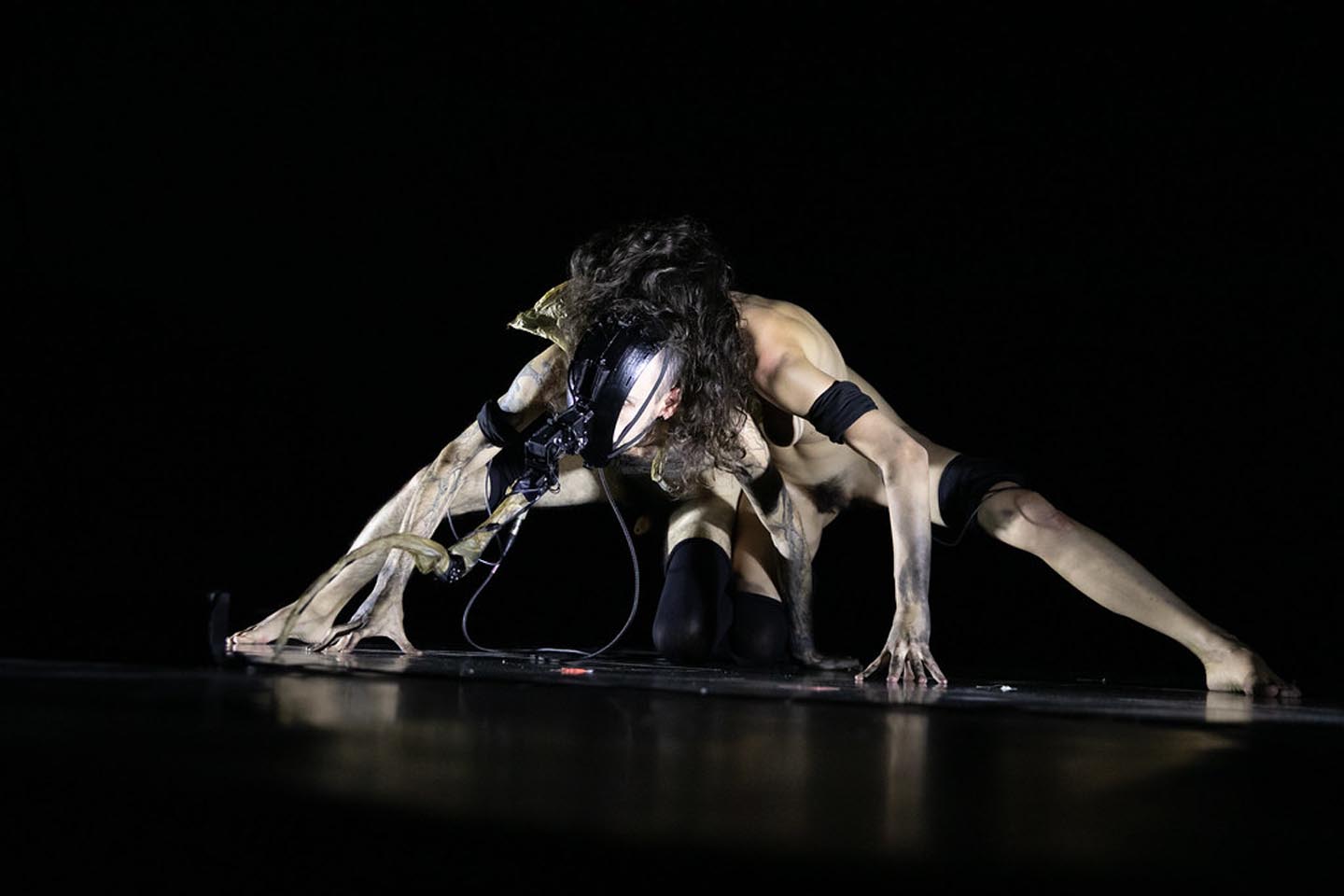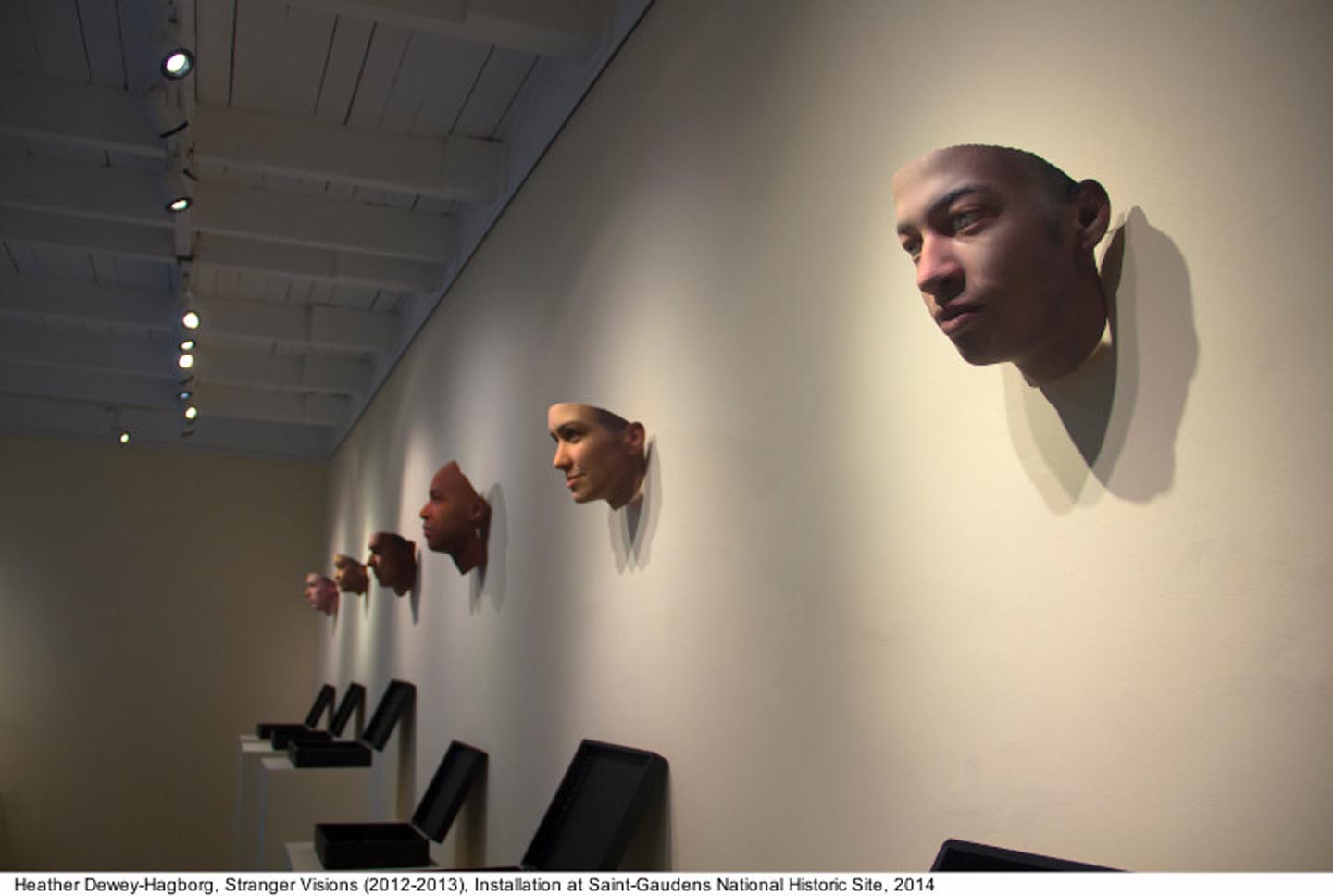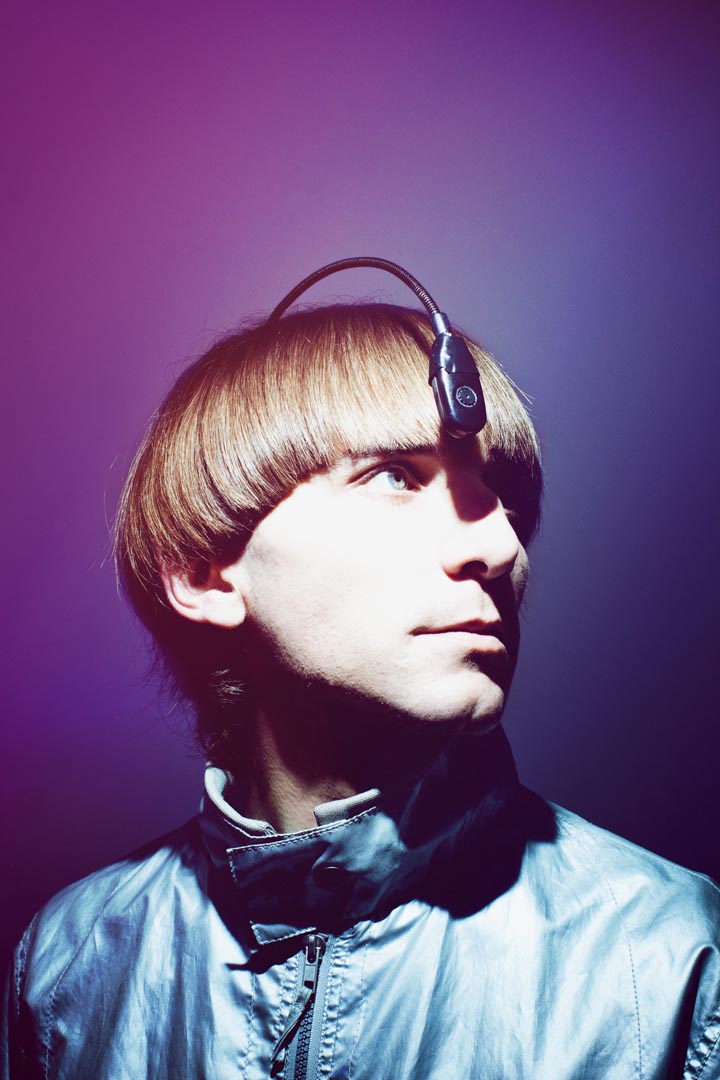Marco Mancuso’s new book, between posthuman philosophy, Expanded Body and links between art, design, technology and science.
The new book by Marco Mancuso, critic, curator and researcher, founder and director of Digicult and professor at the University of Bologna and the Polytechnic of the Arts in Bergamo, among many other things, is entitled Chimera. Il Corpo Espanso per una nuova ecosofia dell’arte (The Expanded Body for a New Ecosophy of Art), and right from the cover, which recalls the work ΔNFANG by Fronte Vacuo, its anomalous character is already clear, essentially aimed at understanding a post-human body as such, far removed from the anthropocentric dystopias and hypermedia drifts to which we are accustomed.
The objective is complex: to systematise a fluid and stratified thought, hidden in the folds of a multiform reality, the post-human, in the perpendicular conjunction of art-design and technology-science in the vision of an integrated whole as far as possible from the Enlightenment vision of a reality fragmented into slices of knowledge, isolated from each other.
Mancuso operates, then, an analysis that, if at first it bounces between technical-scientific issues and artistic (and design-related) issues, they gradually converge in the vision of the “Expanded Body”, a body in close relationship with the context around it, “a chimera”, as we read in the book, “that breaks down material-semiotic binarisms and allows new entangled relationships between human and non-human entities to be modelled”.
In a slow analysis of the ‘contemporary body’, first in technological-scientific terms, then in artistic and design-related terms, we almost fail to notice the links, the knots that are being created between issues that appear distant from each other, or at least ‘different’. These knots, Mancuso tightens them in the heart of the book, the central part outlining an entangled thought, the delineation of a body in close relationship with its context, in continuous dialogue with the living and non-living beings around it.
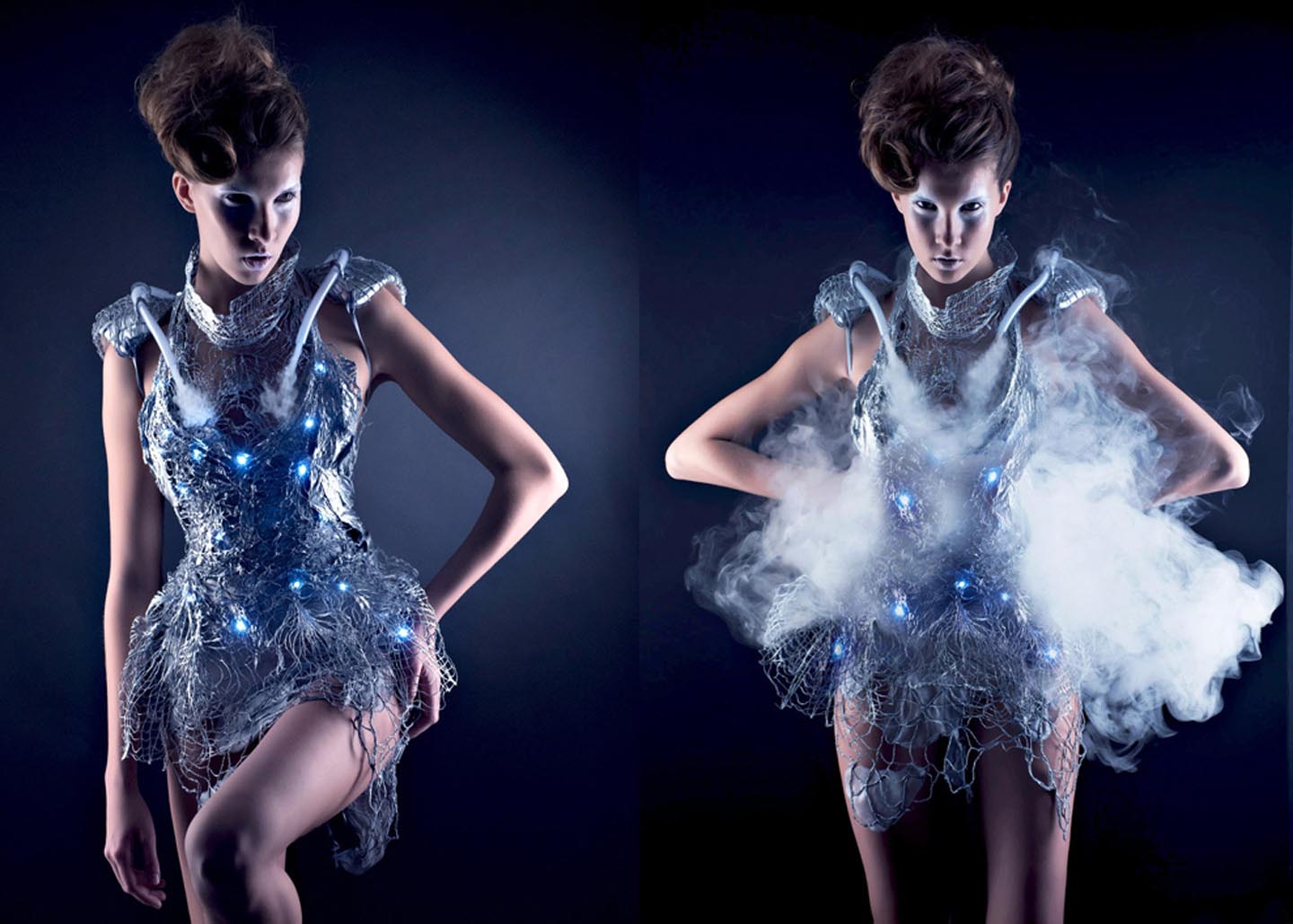 In the last part of the tome, we are immersed in artistic operations (although, here and there, we find them throughout the treatment) that are disruptive and extremely significant. Mancuso, in these chapters that complete the discourse, initially makes a selection of a roundup of contemporary artistic operations that signify the more theoretical reflections made previously; then he deals with the importance of the “media labs”, making an overview of the most important ones in the world, places that are often “framed” in the treatises on the relationship between art and new technologies, but fundamental in the development of intertwined visions, places of critical reflection between creatives and scholars with extremely different backgrounds.
In the last part of the tome, we are immersed in artistic operations (although, here and there, we find them throughout the treatment) that are disruptive and extremely significant. Mancuso, in these chapters that complete the discourse, initially makes a selection of a roundup of contemporary artistic operations that signify the more theoretical reflections made previously; then he deals with the importance of the “media labs”, making an overview of the most important ones in the world, places that are often “framed” in the treatises on the relationship between art and new technologies, but fundamental in the development of intertwined visions, places of critical reflection between creatives and scholars with extremely different backgrounds.
Finally, Mancuso goes even deeper by examining a small exemplary group of frontier artists who work with artificial intelligence and the potential of the machine, but also with biology and cross-species hybridisation, who “investigate the possible modes of non-hierarchical dialogue between us human beings and the context in which we are immersed” (Sputniko! Anouk Wipprecht, Neil Harbisson, Marco Donnarumma, Heather Dewey-Hagborg and Margherita Pevere), analysing them in depth, after having interviewed them on the most cherished topics of his treatment, thus arriving at a thesis that does not place the debate closed, but quite the opposite, it unfolds it and leaves it totally open, it poses extremely broad and campy questions for our future, on which we cannot remain indifferent. Moreover, it follows a strand of post-human art in direct contact with the much-quoted experiments of Stelarc and Marcel-li Antùnez Roca, without ever flowing into the calm and more reassuring flows of virtuality, always maintaining the focus on the body, an expanded body, totally real, in direct contact with its umwelt.
Marco Mancuso, Chimera. Il corpo espanso per una nuova ecosofia dell’arte, Mimesis Edizioni, 2023
images (cover – 1) Marco Mancuso, Chimera (2) Donnarumma e Pevere, Azathot (from the 7 Configurations) (3) Heather Dewey-Hagborg, Stranger Visions (2012-2013), istallazione at Saint-Gaudens National Historic Site, 2014 (4) Anouk Wipprecht, Smoke Dress (4) Neil Harbisson with his Eyeborg




























